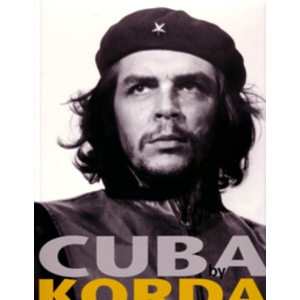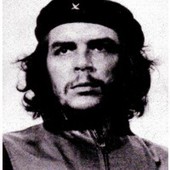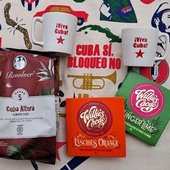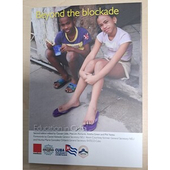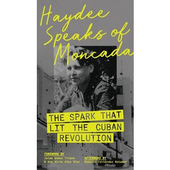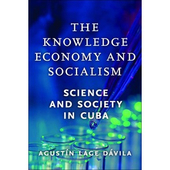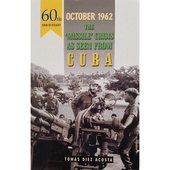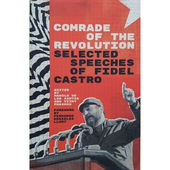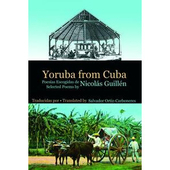CUBA by Korda and Che at the V&A
This first publication of the work of the famous Cuban photographer beautifully reveals Alberto Korda’s dramatic move from pioneering fashion photography to documenting the people making the Cuban revolution. Although we know Korda for the most reproduced photographic image in the world: the classic portrait of Che Guevara, the most striking image here is the one, directly following a fashion portfolio inspired by the work of American Richard Avedon, of a small girl: in Korda’s words “ Nearing 30, I was heading toward a frivolous life when an exceptional event transformed my life: the Cuban revolution. It was at this time that I took this photo of a little girl clutching a piece of wood for a doll. I came to understand that it was worth dedicating my life to a revolution which aimed to remove these inequalities.”
In 1959 he joined the newspaper ‘Revolucíon’ and followed the new leaders around the country and on foreign visits. Korda (born 1928, died 2001) was clearly a master in capturing seemingly ‘off duty’, ‘in-between’ moments, which have became heavy with meaning; for example an image of Fidel in private contemplation on the plane to spend 40 days in the Soviet Union immediately following the Missile Crisis, then later Castro and Khruschev in a snowball fight.
The accompanying text puts the photos in historical and political context and highlights the words of Korda himself, including his own memory of creating that famous image on 5 March 1960: “…my eye pressed to my old Leica, I was focusing on Fidel and the people around him. Suddenly through the 90mm lens, Che loomed above me. I was surprised by his look…By reflex I snapped twice – one horizontal shot and one vertical. I didn’t have enough time to take a third photo, as he stepped back discreetly into the second row. “
The exhibition ‘Che Guevara: Revolutionary & Icon’ at the V&A in London this summer seemingly ignored the political context of the ‘Guerrilla Heroica’ image, and meaning for Cubans, and simply focused on examples of the use and manipulation of the image all over the world, especially within the world of advertising and branding, often without saying where in the world it was produced. The accompanying catalogue does give context but the show itself provocatively reduced the text to categories: Origins, Protest, Identity, Emblem, Pop, Revolutionary, Saint, and a handful of quotes by pop culture writers, claiming the image had been emptied of meaning by global corporate culture, apart from one by Edmundo Desnoes (the one Cuban voice in the show, apart from Korda’s): “Che’s image may be cast aside, bought and sold, and deified, but it will form a part of the universal system of the revolutionary struggle, and can recover its original meaning at any moment.”
CUBA by Korda Ocean Press, 2006, paperback, 160pp, ISBN 1-920888-64-0
